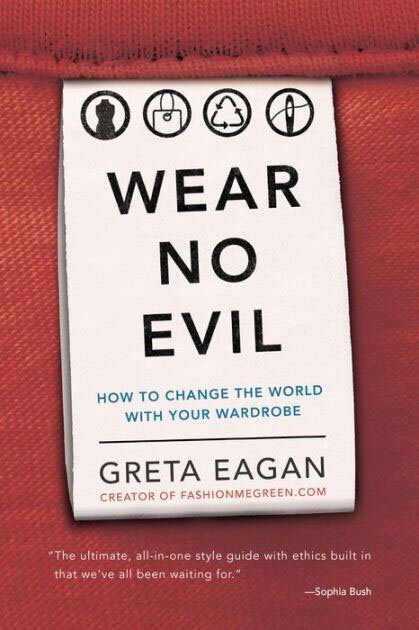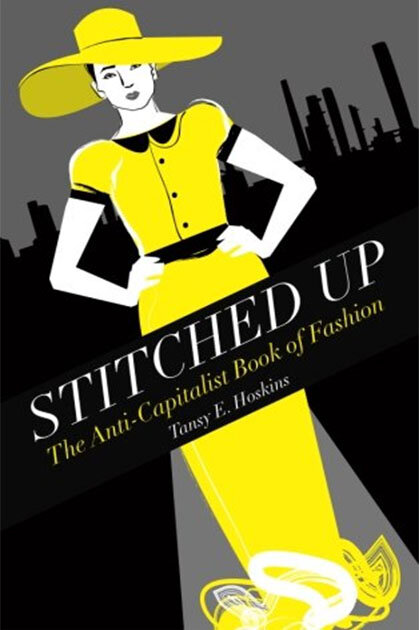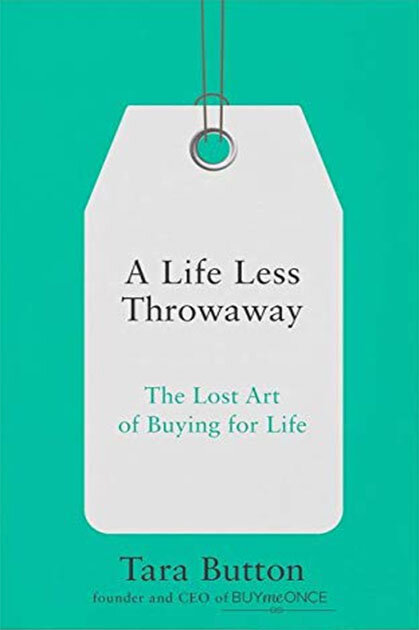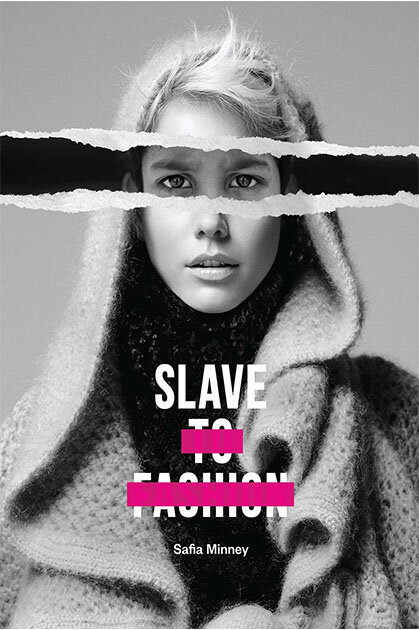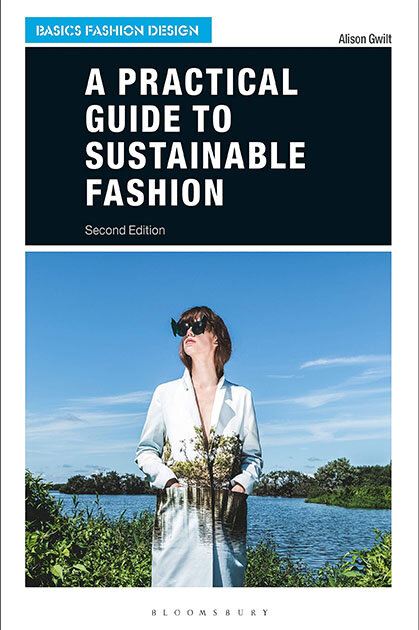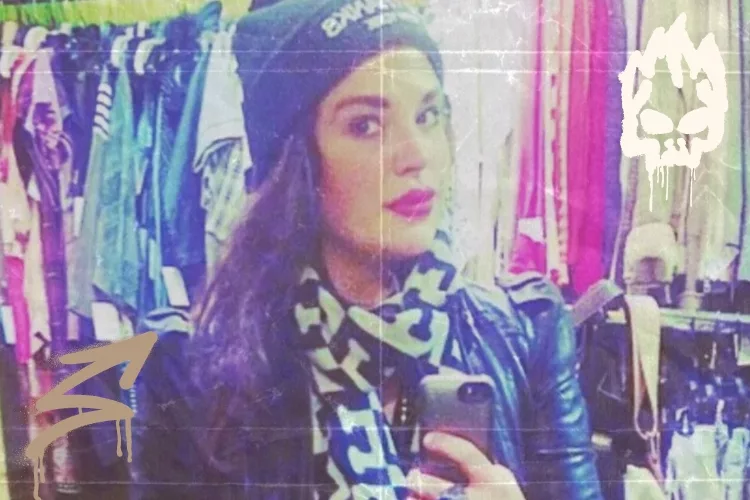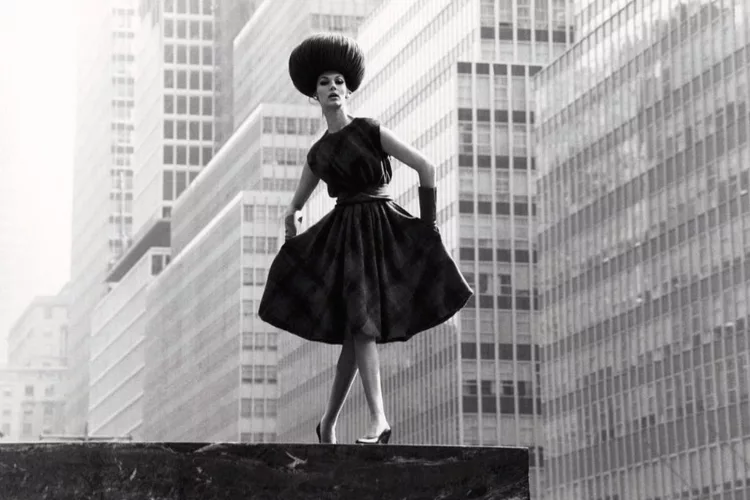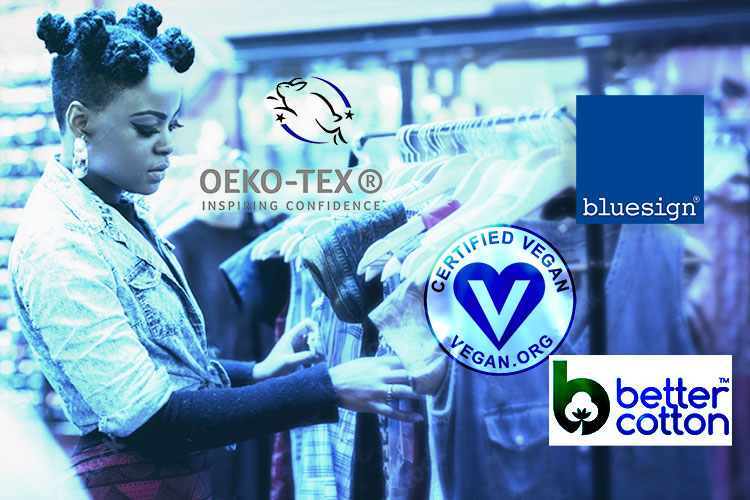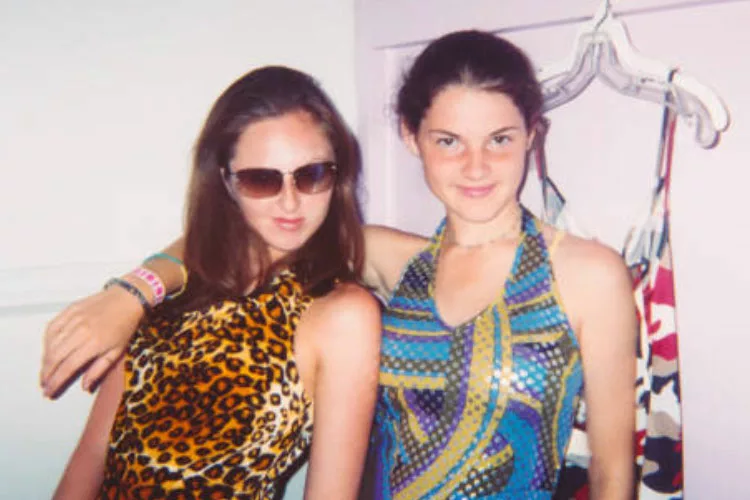The Fashion Industry: What’s wrong and How We Can Fix It
The fashion industry is the second most polluting industry in the world, falling only slightly behind the oil industry. With the climate crises at a critical juncture, fashion is overdue for a push towards upending the status quo (and not by “pretending” in other words, greenwashing). Here, at No Kill, we believe that while the devastating environmental impacts of the fashion industry mainly falls on the current system (in most cases, multi-national corporations), consumers are somewhat complicit. The idea of consumer responsibility refers to an individual assessing the environmental costs and consequences of what they choose to purchase; this becomes radically important in terms of how we shop and what we shop for. So here are a few of our favorite books that educate readers about the devastating impacts of the fashion industry and the positive potentials found in regenerative, circular and green fashion.
P.S. every book on our list is available on Bookshop.org, an online database with a mission to financially support independent bookstores, connecting every search with a local bookstore near you!
Wear No Evil by Greta Eagan
Greta Eagan’s Wear No Evil: How to Change the World with Your Wardrobe, serves as an amazing beginners’ guide to sustainable fashion, advising readers how to look good and feel good about their wardrobe choices. Her book includes an ‘Integrity Index’ which gives readers the chance to identify and rate the ethics behind any piece of clothing.
The book is broken into three parts:
-
part 1 looks at the environmental impacts of the fashion industry
-
part 2 guides readers in a ‘closet-cleansing’ exercise to assess their clothing choices
-
part 3 reveals several different ‘eco-fashion makeovers’ and includes a directory of sustainable fashion and beauty options.
Wear No Evil is definitely a must-read for those trying to understand sustainable fashion and the power of consumerism!
Stitched Up by Tansy Hoskins
Stitched Up: The Anti-Capitalist Book of Fashion by Tansy Hoskins is an informational-but-interesting read that outright denies the possibility of ethical fashion. This is a radical and unique perspective.
Hoskins condemns the fast fashion industry as many of us do, but she also targets more high-end and luxury fashion.
The book casts guilt on affluent fashion conglomerates, like LVMH (Louis Vuitton/Moët Hennessy), accusing them of monopolizing the industry, outsourcing to countries with exploitative work practices and straight up imitation within designs.
Stitched Up seeks to reveal what really lies behind the clothes that we wear every day, from wasteful consumption to human rights violations and the exploitation of workers.
As an avid human rights and climate advocate, Hoskins views fashion as a form of social production, defining it as the “changing styles of dress and appearance adopted by groups of people”. With this definition, and throughout the rest of her book, Hoskins hopes to remove the glamour and reveal the gore in fashion.
Staying true to its title, Stitched Up: The Anti-Capitalist Book of Fashion explores the capitalist notions of consumerism, classism, sexism and sizeism occurring within the confines of the fashion industry.
Hoskins looks at the growth of capitalism in the fashion industry across the ages and around the world, using engaging examples and research to support her argument.
She works to reveal not only the impact of the fashion industry on the environment, but also the industry’s absolute disregard of equality and human rights.
In the final three chapters, Resisting Fashion, Reforming Fashion and Revolutionizing Fashion, Hoskins acknowledges the use of fashion as a creative outlet and form of self-expression and suggests ways in which we can all work to ‘fix’ the fashion industry. The conclusion portrays Hoskins’s ideal future in which capitalism is overthrown and the world, including the world of fashion, is in constant revolution.
Stitched Up is a great read with an outrageous but awesome outlook on the fashion industry. But the question still remains: where do we go from here?
A Life Less Throwaway by Tara Button
In A Life Less Throwaway: The Lost Art of Buying for Life Tara Button urges readers to shy away from consumerism and throwaway culture. Her serves as a guide to mindful buying that teaches individuals how to resist cheaply made goods and make smart purchase decisions that may last a lifetime.
Tara is the founder of BuyMeOnce a website that encourages consumers to buy well-made items instead of waste-generating ones. The website showcases brands and/or specific products that are extremely durable and reliable; all of BuyMeOnce’s suggestions are systematically checked based on their “code of ethics”.
Tara used her mantra of “buying for life” and the ideology behind her website, BuyMeOnce, to write A Life Less Throwaway. The book begins with an overview of the construction of consumerism and the deliberate creation of short-lived products.
She uses the second half of her book to explain her philosophy of “mindful curation”. With chapters such as How to Begin Buying with Purpose and Keeping and Caring, she helps all her readers master “mindful curation” and even includes 10 easy steps in the conclusion!
Slave to Fashion by Safia Minney
Safia Minney’s Slave to Fashion focuses in on the human rights violations and utter exploitation endured by those working in the fashion factories of the Global South; violations and exploitations that equate to modern slavery.
Minney condemns the fashion industry for a large majority of the 35.8 million individuals around the world imprisoned in modern slavery; she (correctly) argues that the fast fashion industry’s global demand for cheap labor incites instances of modern slavery.
She uses the personal stories of the men, women and children forced into exploitative work in fashion factories to draw attention to the terrible reality for millions of garment workers.
Minney wants to remind readers that the people working under these unconscionable conditions discussed in her book are the same people that produced the newest line of high-end sneakers or jackets.
Slave to Fashion does not just point out the horrors of the fashion industry but provides SOLUTIONS and looks towards a future of slave-free fashion, and even profiles brands that have already achieved this. It also explores how we, as consumers and/or brands, can work together and change the fashion industry for the better.
A Practical Guide to Sustainable Fashion by Alison Gwilt
Alison Gwilt’s book, A Practical Guide to Sustainable Fashion, provides readers with the ultimate handbook to the contemporary models of fashion design and production, introducing readers to devastating consequences of the fashion industry.
It was written to arm fashion designers with knowledge to improve fashion’s environmental and ethical credentials, but it is a good read for all!
Gwilt focuses on the negative impacts the industry has on the environment, all of which are contributing to climate change. It is structured in a way that is clear to all readers: the chapters are in chronological order following the life cycle of a fashion garment, from design and production to end-of-life. This allows her to explain the processes of design, production, distribution, use and end-of-life, while simultaneously exploring the appalling impacts each process has on the environment and offering better alternatives.
It also features images and examples from the queens of sustainable fashion, like designers Stella McCartney and Vivienne Westwood.
Gwilt urges all her readers (non-fashion designers included) to reflect on the current system of fashion and looks to the future hoping the industry moves away from its sole focus on consumerism and profitability to one that incorporates social development and environmental sustainability.
All-in-all, this book is an amazing way to introduce yourself to the world of sustainable fashion and change your perspective!
The power of the consumer in the fashion industry is greater than we realize. Every individual MUST increase their knowledge about the negative impacts of fashion in order to make a difference.
Climate change is one of the largest issues our world faces today, so it should be on EVERYONE’S radar. Altering your shopping habits to increase your sustainability is an amazing way to counteract climate change and these books can teach you how to do that!
–Carolina McCormick
Related Articles
Why I Signed the Fashion Declares Open Letter (& You Might Want To, Too!)

